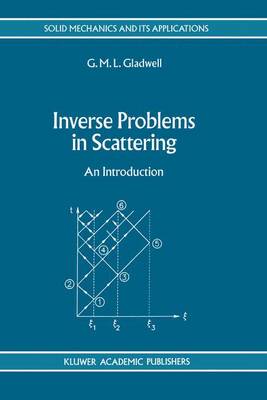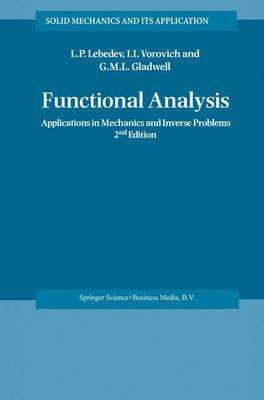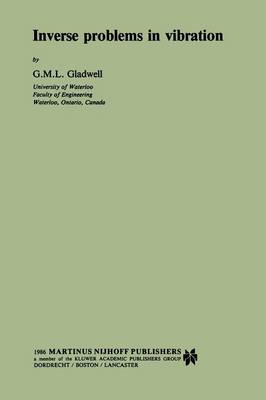Solid Mechanics and Its Applications
3 primary works
Book 23
Inverse Problems in Scattering exposes some of the mathematics which has been developed in attempts to solve the one-dimensional inverse scattering problem. Layered media are treated in Chapters 1--6 and quantum mechanical models in Chapters 7--10. Thus, Chapters 2 and 6 show the connections between matrix theory, Schur's lemma in complex analysis, the Levinson--Durbin algorithm, filter theory, moment problems and orthogonal polynomials. The chapters devoted to the simplest inverse scattering problems in quantum mechanics show how the Gel'fand--Levitan and Marchenko equations arose. The introduction to this problem is an excursion through the inverse problem related to a finite difference version of Schrödinger's equation. One of the basic problems in inverse quantum scattering is to determine what conditions must be imposed on the scattering data to ensure that they correspond to a regular potential, which involves Lebesque integrable functions, which are introduced in Chapter 9.
Book 41
Functional Analysis
by Leonid P. Lebedev, Iosif I. Vorovich, and G.M.L. Gladwell
Published 29 February 1996
This book started its life as a series of lectures given by the second author from the 1970’s onwards to students in their third and fourth years in the Department of Mechanics and Mathematics at Rostov State University. For these lectures there was also an audience of engineers and applied mechanicists who wished to understand the functional analysis used in contemporary research in their fields. These people were not so much interested in functional analysis itself as in its applications; they did not want to be told about functional analysis in its most abstract form, but wanted a guided tour through those parts of the analysis needed for their applications. The lecture notes evolved over the years as the first author started to make more formal typewritten versions incorporating new material. About 1990 the first author prepared an English version and submitted it to Kluwer Academic Publishers for inclusion in the series Solid Mechanics and its Applications. At that state the notes were divided into three long chapters covering linear and nonlinear analysis. As Series Editor, the third author started to edit them. The requirements of lecture notes and books are vastly different. A book has to be complete (in some sense), self contained, and able to be read without the help of an instructor.
Book 119
The last thing one settles in writing a book is what one should put in first. Pascal's Pensees Classical vibration theory is concerned, in large part, with the infinitesimal (i. e. , linear) undamped free vibration of various discrete or continuous bodies. One of the basic problems in this theory is the determination of the natural frequencies (eigen frequencies or simply eigenvalues) and normal modes of the vibrating body. A body which is modelled as a discrete system' of rigid masses, rigid rods, massless springs, etc. , will be governed by an ordinary matrix differential equation in time t. It will have a finite number of eigenvalues, and the normal modes will be vectors, called eigenvectors. A body which is modelled as a continuous system will be governed by a partial differential equation in time and one or more spatial variables. It will have an infinite number of eigenvalues, and the normal modes will be functions (eigen functions) of the space variables. In the context of this classical theory, inverse problems are concerned with the construction of a model of a given type; e. g. , a mass-spring system, a string, etc. , which has given eigenvalues and/or eigenvectors or eigenfunctions; i. e. , given spec tral data. In general, if some such spectral data is given, there can be no system, a unique system, or many systems, having these properties.


